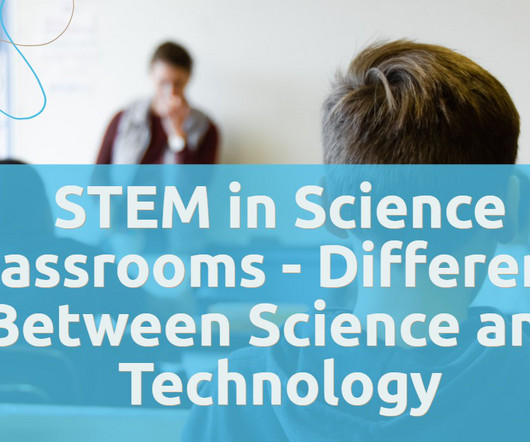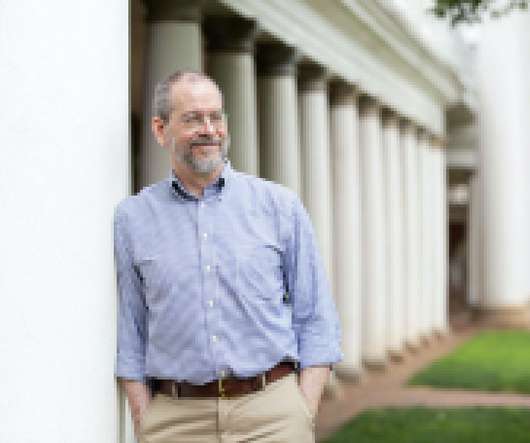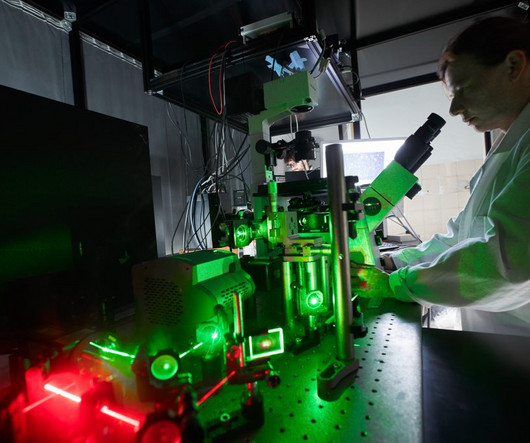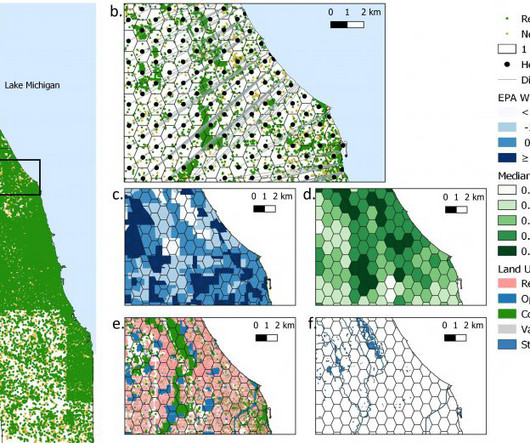STEM in Science Classrooms – Difference Between Science and Technology
STEM Education Guide
MARCH 9, 2023
Science in STEM It encompasses fields such as geology, chemistry, physics, biology, and astronomy. —— Collaborative Reasoning Technology tools enable learners’ collaborative reasoning around STEM education in science, equalizing participation. It also helps groups and individuals elevate their ideas.













Let's personalize your content